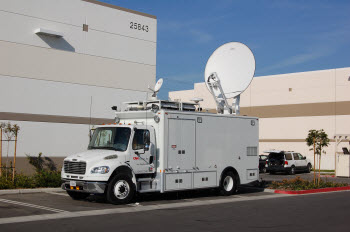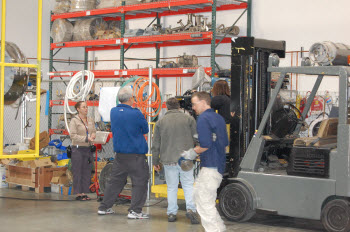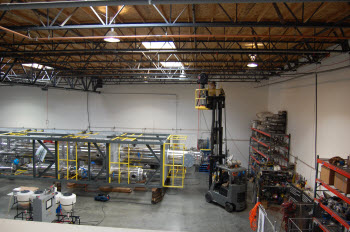SRS On CNN
On March 18th, 2009, CNN came to SRS International in Murrieta, California, to film a live simulcast on jobs being created in the biodiesel industry during a rough economy. SRS was featured in this segment. Click the link below to see SRS featured on CNN
Photos of March 18th CNN Visit :






Need More Help ?
Contact Us

